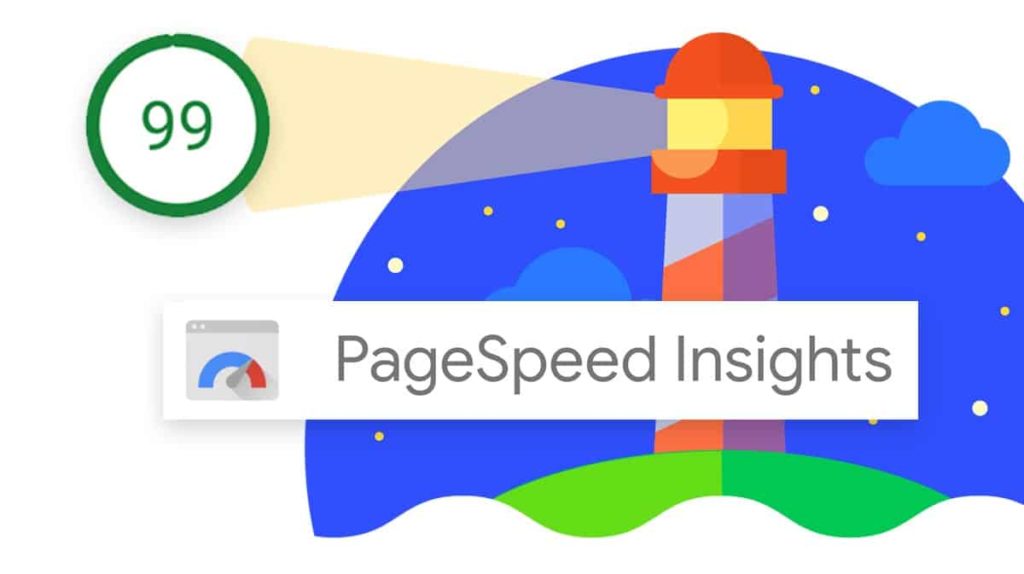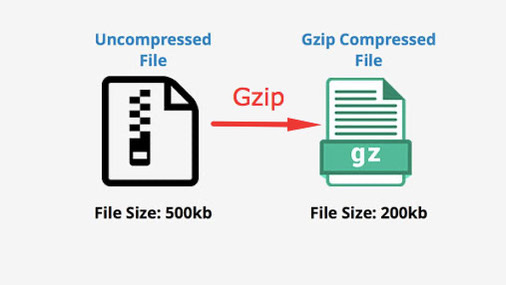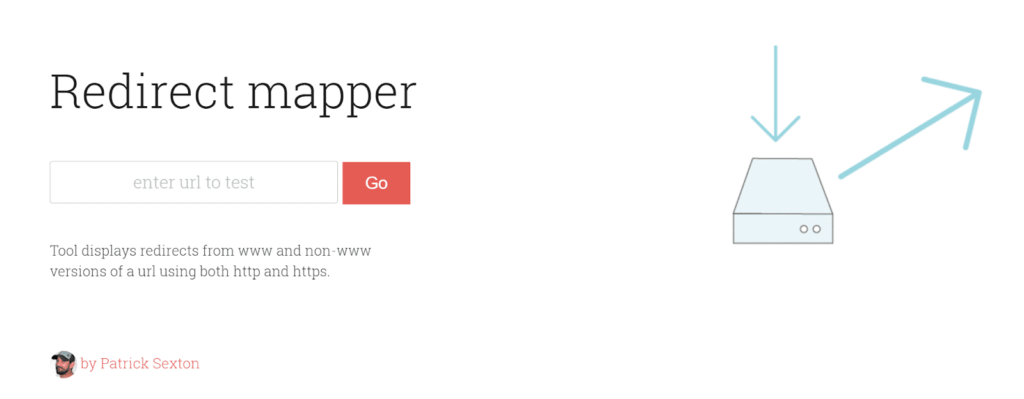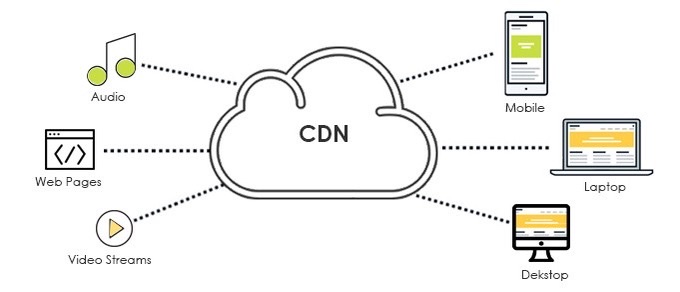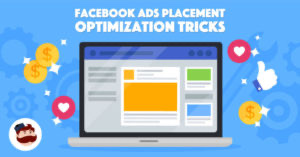Among the most notorious errors of WordPress is the White Screen of Death (WSoD). You may be one of the users who’ve came across this particular error at least one time as it could be due to several issues. Its name, WSoD suggests that whenever you attempt to access your website, all you can see is a plain white screen. This could happen on both – just a part of your website or the entire website including the admin dashboard, depending on the core cause.

You can find a lot of issues which result in the appearance of WSoD. Usually, when it happens one of the areas of your website will be broken or incomplete in some manner. Themes and plugins which contain incorrect code or create a conflict with a few other part of the site are the primary causes. One more reason for white screen to appear could be not enough memory or your hosting server problems.
What Causes the White Screen of Death?
In summary, the WSoD is a totally blank screen which greets you whenever you try to access your website. Although there are lots of possible causes, you’ll typically discover the issue is right down to one of the following three:
- Incompatibility in between your theme and a plugin (or plugins), or in between plugins.
- A badly coded plugin or theme.
- A low memory limit fixed by your hosting company (mainly observed in shared hosting environments).
Based mostly on these reasons, you can begin to create a plan of attack for coping with the WSoD.
Steps to Fix the White Screen of Death in Your WordPress Website
WSoD shows a plain blank page that could be hard to determine the main cause. However, if you are using the below methods, it is possible to fix the error swiftly and effortlessly. The methods that will be mentioned below are basically the most common solution to the principal issues:
Test Your Plugins
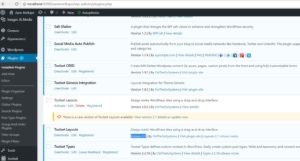
Do you recall the activity you carried out in your website lately, just before it going blank? You may have recently activated, altered, or updated any plugin. Plugins are often the major reason responsible for the WSoD error, thus if you have done changes to one recently, you need to instantly deactivate it. In the event after reloading your website, things are normal again, you’ve identified the cause of the problem. The following step would be to get in touch with the plugin’s developer, or log a ticket on its support forum for more assistance.
Take a Look at Your Theme
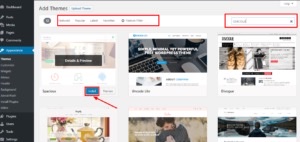
The same with your plugins, themes can also include outdated or incorrect code. There could be themes that are incorrectly coded, or create a conflict with one or two of the plugins. The issue also might be with installing or updating the theme which has left it unfinished. And finally, if you’ve done changes to the theme’s functions.php file, it could also result in an error.
Check Your Memory Limit
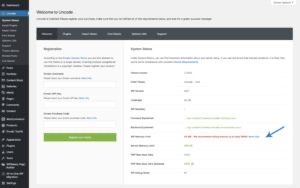
The WordPress hosting provider will assign a particular amount of memory into your installed plugins, or for files which execute scripts (like JavaScript), to be able to run correctly. In case this is fixed too low, it can possibly result in WSoD.
Make Use of the WordPress Debug Mode
In case you haven’t discovered the solution yet, you need to play differently then. You have to make use of the WordPress debug mode. WordPress’ debug mode is similar to a powerful telescope, helping you to refine on precisely what is wrong with your site.
In the event that you’re still encountering the WSoD right after performing all these steps, apart from clearing your browser’s cache, you might need to bite the bullet and speak to your hosting service provider for support.

